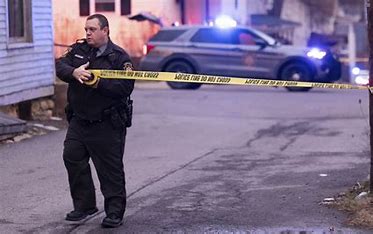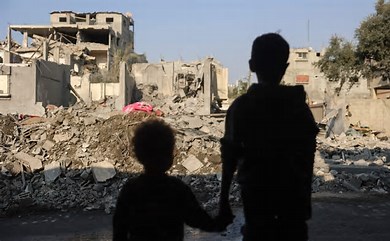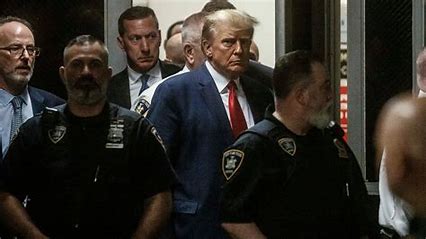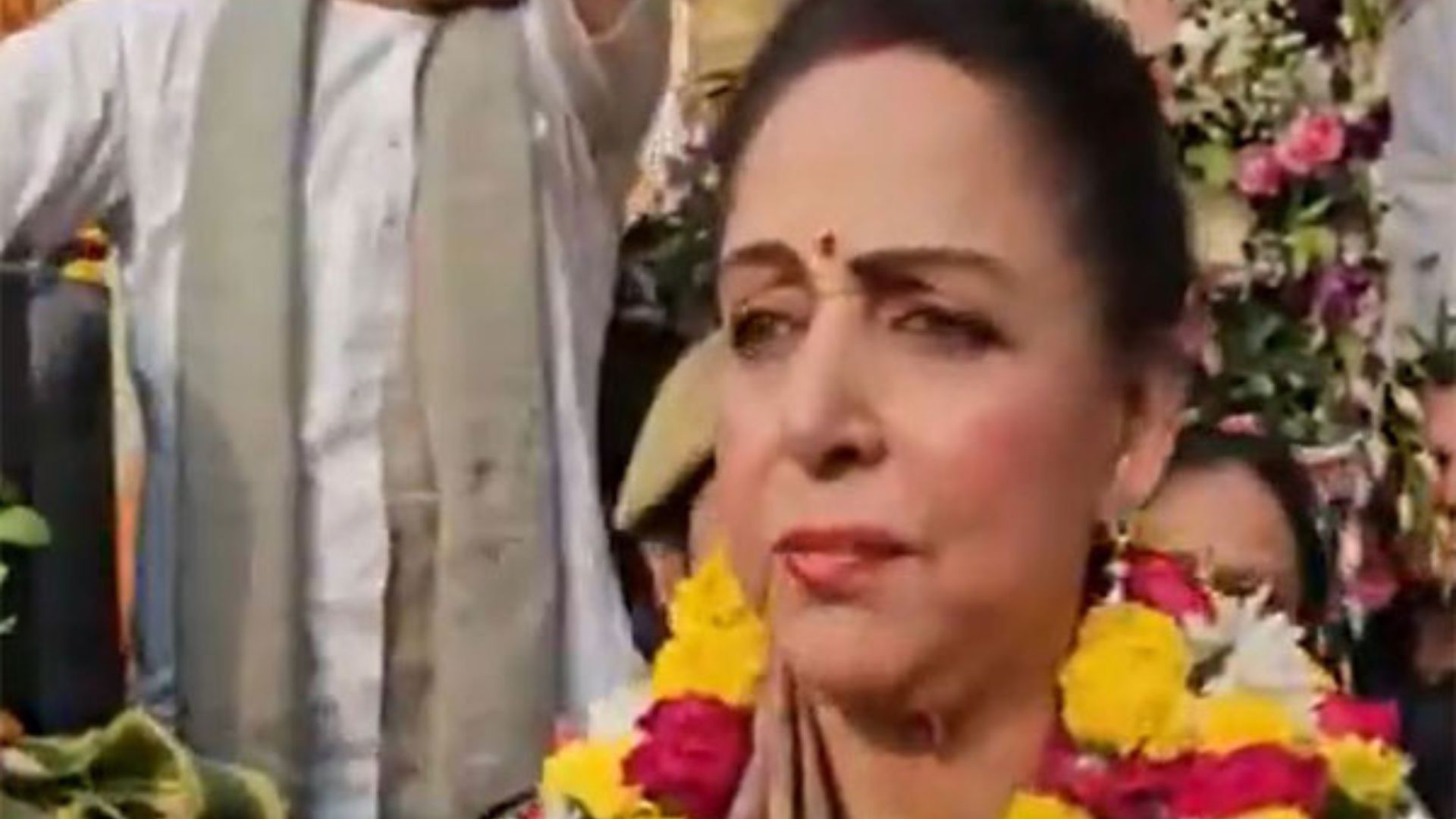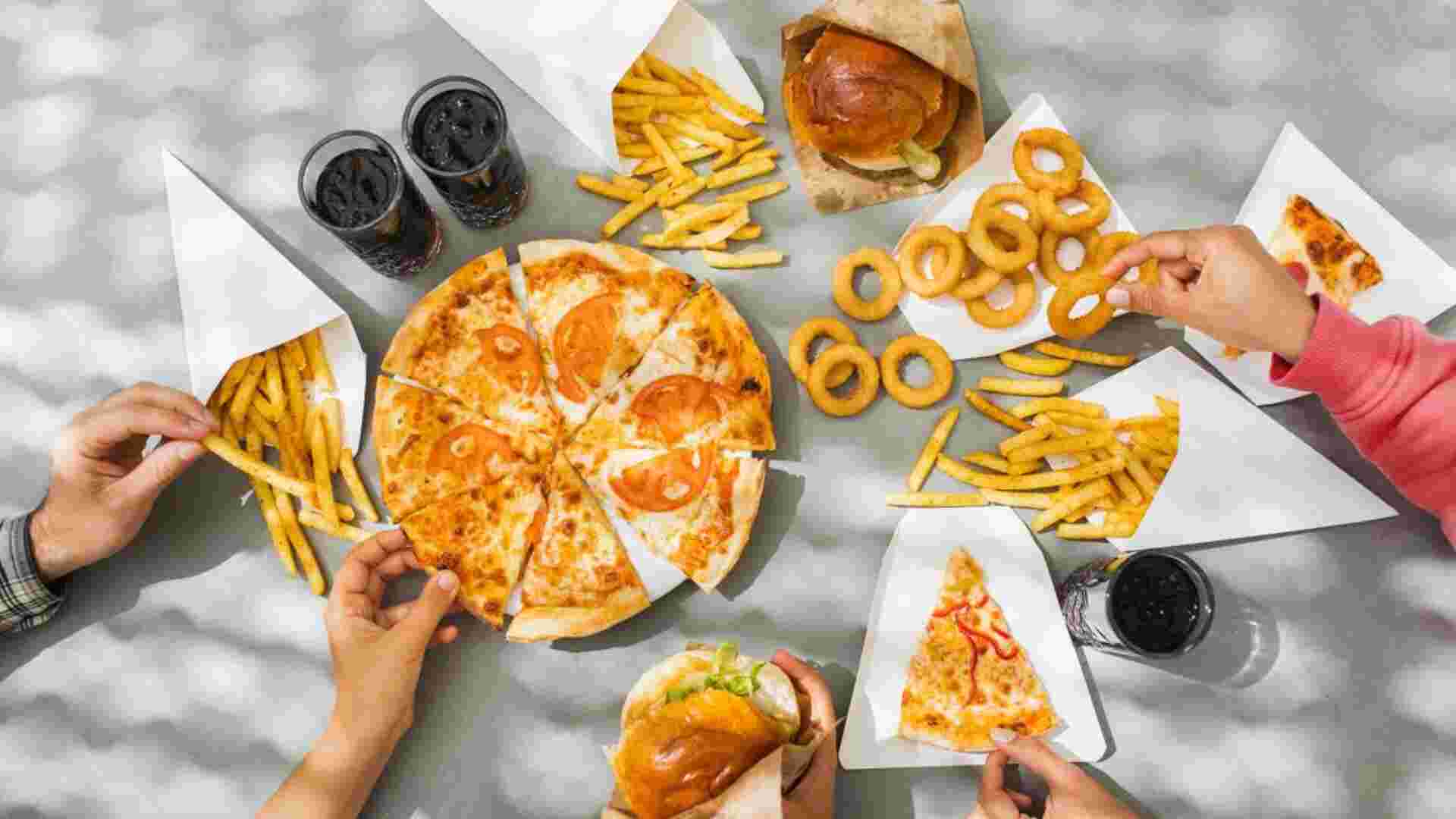
Widely recognised for its traditional village life, India has had a hierarchical social structure which continues to manifest itself more in rural areas than in urban. Despite industrialization and varied other phenomenon, these age-old portrayals persist. In the interim, few centuries of British rule, employed these categories like caste, village, and religion to classify the Indian population for purposes of enumeration and social-political administration. Social science investigations and research for past century and a half also utilized “caste” and “village” as the fundamental categories through which the practical life of Indians could be comprehended.
If one believes the time when this change may have got embarked, it was surely at a time that followed our independence. Efforts to modernize the country by bringing in industries, educational institutes may have impacted the traditional social order and its long-standing effects, which were believed to have hindered economic progress and propagated social divisions. The processes of industrialization, urbanization, and education were expected to cultivate a new generation with a fresh perspective, unrestricted by caste in their choice of occupation or place of residence. In essence, the deep-rooted “closed” and “hierarchical” caste structure was anticipated to give way to an “open” system of stratification based on individual achievement and merit.
Though this sounds very ideal, social anthropologists and sociologists could not take their minds off and highlighted the significant resilience of caste from time to time. M. N. Srinivas, an eminent scholar who extensively studied the relationship between caste and social change in contemporary India, especially during the 1960s and 70s, articulated that the new opportunities—educational, economic, and political—in theory, were caste-free, they were open to all individuals, without any restrictions based on their birth in a particular caste, sect, or religion. However, in practice…they were more readily accessible to the higher castes with a long-standing tradition of learning, government employment, and urban residency.
Political scientists too continued to comment on the persistent presence of caste in the political sphere. And then we witnessed the implementation of the recommendations made by ‘Mandal Commission’! What perhaps has changed after that is, while caste is no more a manifestation of an occupational system, caste identities have grown stronger with years.
What is interesting for us to understand at this juncture today, in the third decade of 21st century is, how does caste resurgence correlate with the expanding middle class in cities and towns across the country. On one hand, modern and secular education has significantly expanded at all levels, we still see a separate glass and cup being kept for the house-maids in our homes. Those who can afford the help, still continue to have separate people doing cooking, cleaning and another person coming to clean the toilets. Subtly, people have been defining and endorsing this division, but not wanting to do away with it. Clearly, the so-called middle class possess, both the power and the potential to exert increasing influence not only over the economy but also over politics, education, religion, and culture. Sociologists like those in the last century should not only study but put forth this deeper understanding of how this new class cadre negotiates with the caste identities. Much needs to be written on this.
If the middle class consists of those who have excelled or are known for their skill-based work, be it engineers, doctors, professors, chartered accountants, technicians or development workers, identified with their education and degrees, it is high time we shed off the age-old titles and ponder over those when we meet someone.
Let us not forget the adolescents and the youths of today, how clear or confused are they? Their attitudinal differences range from those who say things like, “I do rituals taught to me, but I don’t understand them”, or “at heart I am religious but participating in rituals is really boring”, or “my parents are very clear about their expectations from me when it comes to marriage, but for the rest of the things, we do not follow any caste-based differences or restrictions”. In true sense, there is also a confusion about religion and caste and prominence of each of the two in one’s life. This is not all, caste and religion have an added and stronger element of class, that has emerged more strongly than ever, and is easily identified with material possessions. It is no more just education and occupation alone, wealth is a stronger determinant, because the criteria of wealth help largely in surpassing the other two determinants. More so, wealth also helps in challenging certain traditional norms, wherein the cliched statement that none can challenge the ways and behaviours of moneyed people is common in all circles.
No cultural change, can occur rapidly or is easily assimilated. But this one in particular has been happening at a rapid speed. The definition of class cannot be as closer to and practically appropriate for this generation as has been thought through years ago. Considering that it is a simple social group, with no legal definition or religious sanction, it stands perfectly acceptable that those who can satisfy a set criterion can become its member. And gradually, the way we have had several castes, now we are moving to several classes in a society. Looks like we are now much closer to capitalist class and working-class bifurcation than we were to upper caste and lower caste split. If so, does this mean progress or regress, are we heading towards a better classification system or this may prove to be worse than the caste-based division. Or it is simply a replacement worth considering? Eventually freeing people of the baggage of caste differences they have been shouldering for centuries?
Dr. Benazir Patil is Chief Executive Officer – SCHOOL
